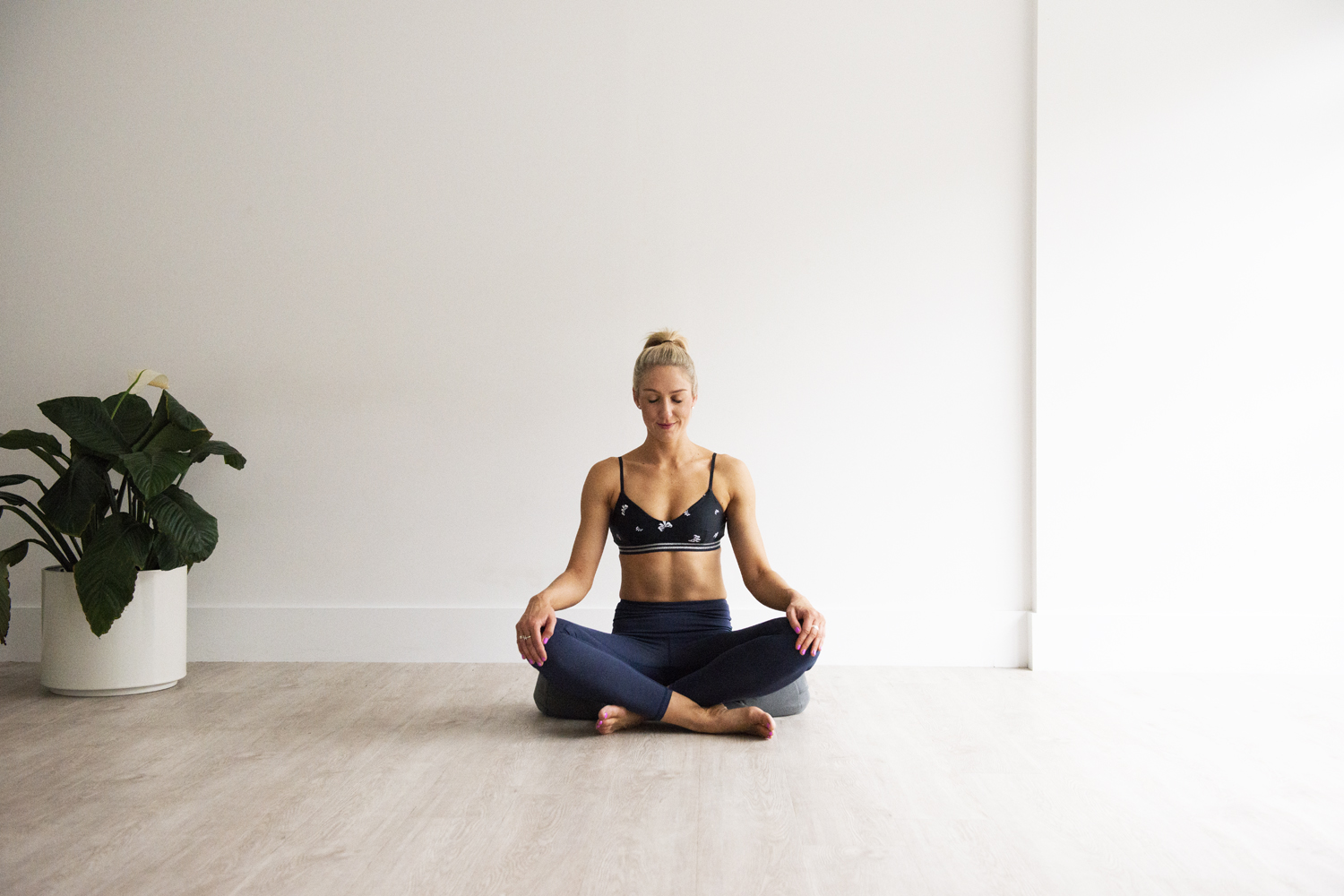Breathing - a key element integral to APPI Clinical Pilates.
Breathing is one of the five key elements integral to APPI Clinical Pilates. It is one of Joseph Pilates principles along with concentration, control, precision, flow, integrated isolation and centering. Centering is another of the key elements integral to APPI. Breathing supports centering through the diaphragm's relationship to the pelvic floor and deep abdominal muscles that make up the cylinder “core” in the body.

In APPI Clinical Pilates we use the breath to support the exercise using our understanding of this relationship.
When you breathe in and out effectively you use your diaphragm which works reflexively with the pelvic floor. When you breathe in, the diaphragm shortens and travels downwards; the lungs expand and the pelvic floor drops to make space for the organs; the rib cage elevates slightly; the transversus abdominus (TvA) lengthens. When you breathe out, the diaphragm lengthens out in a dome; the rib cage depresses and retracts; the TvA shortens; the pelvic floor rises.
For effective breathing, there must be full range of motion in the joints of the rib and full lengthening and shortening capacity of the pelvic floor and diaphragm. So it makes sense that effective breathing goes hand in hand with good rib mobility. Arm openings is a great exercise for mobilsing your ribs. Can you think of any other exercises good for rib mobility?
We all know breathing isn’t just necessary for a good Pilates class. It's essential for life. It's not just breathing, it's how we breathe that allows for efficient functioning of our bodies.We breathe in oxygen - our life force - and breath out CO2, not all of it though. It's the CO2 left over that dictates our rate of breathing and a whole myriad of other systems in the body. CO2 is the guardian of our pH system so pretty important. When you mouth breathe quickly, you blow off more CO2 and your body responds.
Way back when, Mammoth in hot pursuit, that quick mouth breathing was associated with a very needed response. It told the body “jeepers creepers lets high tail it outta here” and you went into flight (hopefully) or fight (not a good idea). Fast forward to now and that very useful response is a bit squiffed as we don’t have mammoths roaming the streets, only the “mammoth in the room” or in our brain = “stress”. Stress, we can’t get away from it no matter how much we breath quickly and get ready to run away. The solution? Slow gentle breathing. Breathing in and out through the nose, as a way of slowing down the breath,
I know in Pilates and exercise classes it’s a teachers mantra “in through the nose and out through the mouth” and that’s fine as a way of slowing the breath in using the nose, however when you also breath out through your nose you slow the exhale and it's the slow exhale that is so important in controlling the CO2 that remains. When you exhale slowly you reduce the amount of CO2 “blown off” which regulates how much you breath in, which keeps you in a “rest and digest '' parasympathetic state rather than the “fight of flight” sympathetic. Consider nose breathing when you are next practicing for yourself or teaching others.
Bringing awareness to the breath is the primary goal in Pilates. It may not be the first element you refine when clients are learning a new exercise, as long as they are breathing and not holding their breath. As the client is able, you can then introduce nose breathing along with timing. Ensure you work on joint mobility and muscle flexibility associated with breathing.
And while you are here...Breathe in through your nose for a count of 3 and out through your nose for a count of 4. Repeat 3 x Enjoy all the benefits
Keen to start teaching Clinical Pilates online? Check out our upcoming courses here!
If you have any questions at all, reach out to our Pilates education team here.
About the author:
Eva is a Physio and Presenter for APPI. She is obsessed with human movement. When she isn't learning, teaching or seeing clients, she is riding her bicycle or going on adventures with her kids, pooch and husband.
You can find her at @havemovement on Instagram